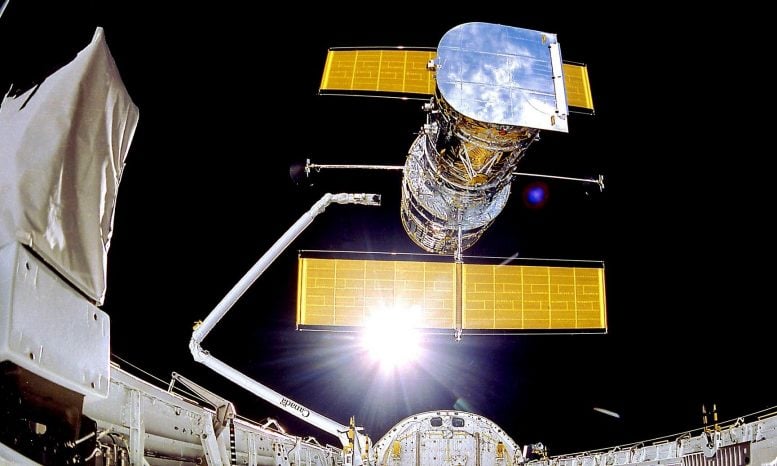
The Hubble Space Telescope is deployed on April 25, 1990, from the space shuttle Discovery. Avoiding distortions of the atmosphere, Hubble has an unobstructed view peering to planets, stars, and galaxies, some more than 13.4 billion light years away. Credit: NASA/Smithsonian Institution/Lockheed Corporation
NASA continues to work to resolve a problem with the Hubble Space Telescope payload computer that halted on June 13. After performing tests on several of the computer’s memory modules, the results indicate that a different piece of computer hardware may have caused the problem, with the memory errors being only a symptom. The operations team is investigating whether the Standard Interface (STINT) hardware, which bridges communications between the computer’s Central Processing Module (CPM) and other components, or the CPM itself is responsible for the issue. The team is currently designing tests that will be run in the next few days to attempt to further isolate the problem and identify a potential solution.
This step is important for determining what hardware is still working properly for future reference. If the problem with the payload computer can’t be fixed, the operations team will be prepared to switch to the STINT and CPM hardware onboard the backup payload computer. The team has conducted ground tests and operations procedure reviews to verify all the commanding required to perform that switch on the spacecraft.
If the backup payload computer’s CPM and STINT hardware is turned on, several days will be required to assess the computer performance and restore normal science operations. The backup computer has not been powered on since its installation in 2009; however, it was thoroughly tested on the ground prior to installation on the spacecraft.
The payload computer is a NASA Standard Spacecraft Computer-1 (NSSC-1) system built in the 1980s that is located on the Science Instrument Command and Data Handling (SI C&DH) unit. After 18 years on orbit, the original SI C&DH experienced a failure in 2008 that delayed the final servicing mission to Hubble while a replacement was prepared for flight. In May 2009, STS-125 was launched and the astronauts installed the existing unit. The replacement contains original hardware from the 1980s with four independent 64K memory modules of Complementary Metal-Oxide Semiconductor (CMOS) memory. Only one memory module is used operationally, with the other three serving as backups. All four modules can be used and accessed from either of the redundant payload computers.
Launched in 1990, with more than 30 years of operations, Hubble has made observations that have captured imaginations worldwide and deepened our knowledge of the cosmos.

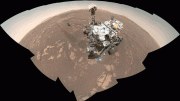
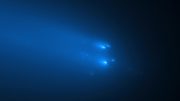
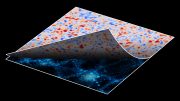
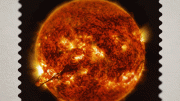
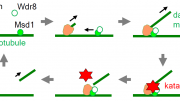

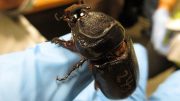

Here is a thought for consideration.
Duplicate the 1990 built computer in Houston using the same hardware and software and operating system,
Replicate the problem here, by testing the components one by one, to eliminate the cause of the problem and getting to the root cause of the problem.
Many different faults could could throw up this error. By eliminating the same one by one , the same can be restored.
Lots of time when the desktop PC and laptop stop functioning, just doing a diagnostics to fix the Memory and mark the bad sectors fixes the problem.
If ROM , we need to have sufficient abilities to replace the memories which have become corrupted. Or have a alternative pathway For Zero and ones to keep flowing.
For RAM and information storage And access, if the Zeroth sector has gone bad we may have a bad storage disk. I suspect solutions to fix this exists.
Remember working on a fault Tolerant Tandem Computer in the eighties. Long , long time ago.
Would have thought that for such mission critical programs , ensuring that fault Tolerant hardware and software with parallel processing and alternative path ways to keep the systems from throwing up errors and ensuring that computing capabilities remain error 🆓 and unimpaired would have been a no brainer.
Don’t know if all these have testing has already been tired, I suspect they may have been.
Best of luck.
In future Space Telescopes and other diagnostic tools to “see” the Universe, building in malleability and parts replacement capabilities and applying remote patches to be applied from Houston, for Upgrades of both hardware and software
should be a requirement.
Suggestions and views are personal and not binding on anyone.